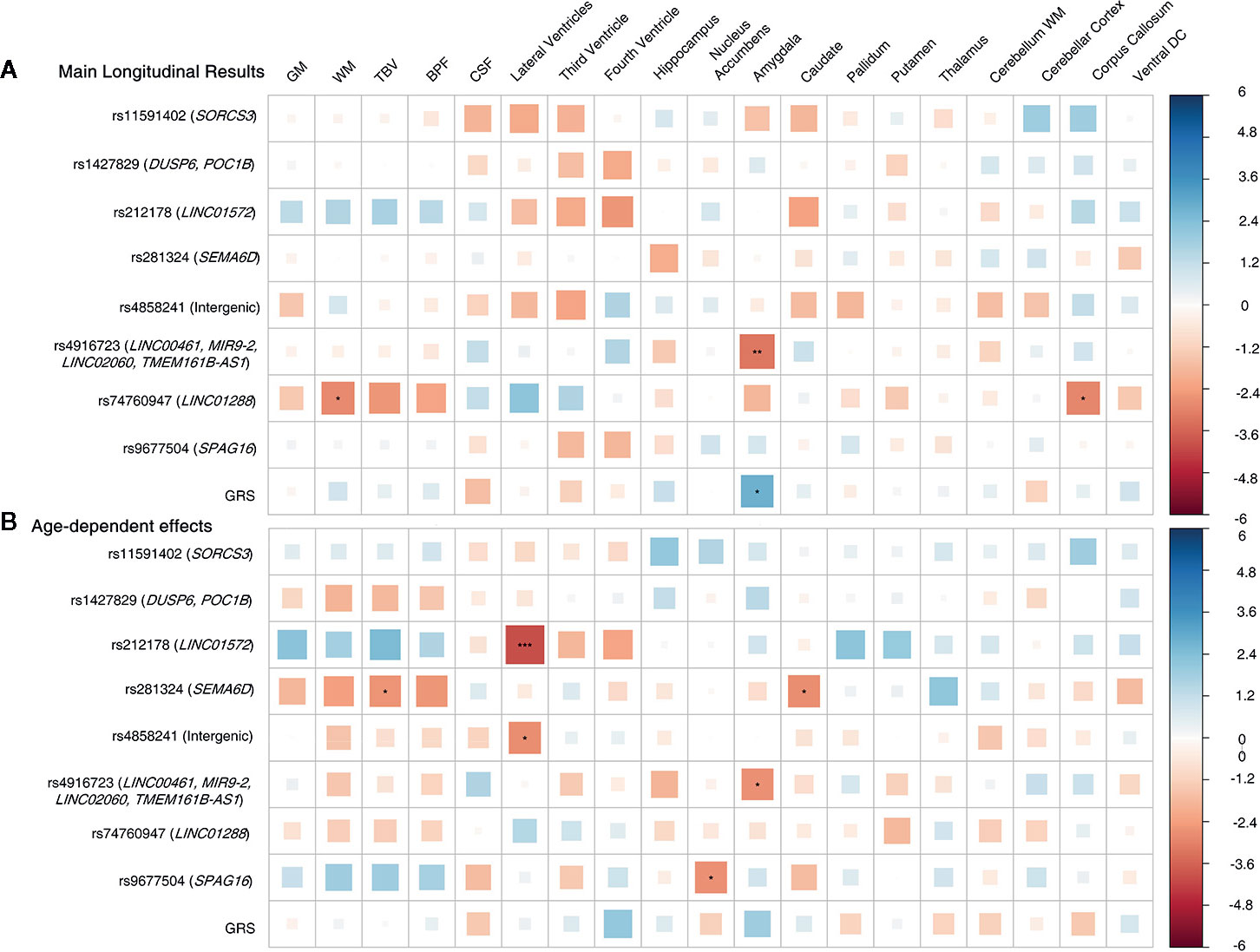Table Of Content

Longitudinal studies employ continuous or repeated measures to follow particular individuals over prolonged periods of time—often years or decades. They are generally observational in nature, with quantitative and/or qualitative data being collected on any combination of exposures and outcomes, without any external influenced being applied. This study type is particularly useful for evaluating the relationship between risk factors and the development of disease, and the outcomes of treatments over different lengths of time. Similarly, because data is collected for given individuals within a predefined group, appropriate statistical testing may be employed to analyse change over time for the group as a whole, or for particular individuals (1). All of the issues just discussed with respect to the mode of data collection are particularly relevant for short-term intensive longitudinal designs such as ESM.
Retention strategies in longitudinal cohort studies: a systematic review and meta-analysis - BMC Medical Research ... - BMC Medical Research Methodology
Retention strategies in longitudinal cohort studies: a systematic review and meta-analysis - BMC Medical Research ....
Posted: Mon, 26 Nov 2018 08:00:00 GMT [source]
Allows researchers to look at changes over time
These models extend LGMs to include a broader array of sources of change (e.g., autoregressive and cross-lagged factors) and consequently capture more of the complexity of changes that can occur in one or more variables measured over time. I was referring to objective time when explaining that time is not a substantive variable in longitudinal research and that it is instead the temporal medium through which a substantive process unfolds or a substantive variable changes its state. When we discuss theories of substantive phenomena or processes involving temporal constructs, such as temporal discounting, time urgency, or polychronicity related to multitasking or multiple goal pursuits, we are in fact referring to subjective time, which is the individual’s psychological experience of time.
Longitudinal studies vs. Cross-sectional studies
With respect to testing a potential change in elevation, one uses the same dummy-coded variable as described above (Singer & Willett, 2003). With respect to whether the slopes of the performance metrics differ pre- versus post-recruiter contact, however, requires the use of a time-varying covariate. Excellent treatments on the topic, however, are provided by Bollen and Curran (2006, pp. 192–218), and Singer and Willett (2003, pp. 190–208). In the current example, this may be the number of days (weeks, months, etc.) from date of hire (when baseline performance was obtained) to the next interval of measurement and all subsequent intervals.
Examples of Longitudinal Surveys
As noted by Ployhart and Vandenberg (2010), specifying the form of change should be an a priori conceptual endeavor, not a post hoc data driven effort. This stance was also stated earlier by Singer and Willett (2003) when distinguishing between empirical (data driven) versus rational (theory driven) strategies. “Under rational strategies, on the other hand, you use theory to hypothesize a substantively meaningful functional form for the individual change trajectory. Many theories of change require the articulation of a change construct (e.g., learning, social adjustment—inferred from a slope parameter in a growth model). When specifying a change construct, the “time” variable is only used as a marker to track a substantive growth or change process.
Testing measurement invariance

In contrast, affect-driven behaviors or other immediate reactions to an event will likely be better served by reports that ask participants for minimal mental aggregations of their experiences (e.g., immediate or over small spans of time). For example, consider a case where a measure of a presumed cause precedes a measure of a presumed effect, but over a time period across which one of the constructs in question does not likely change. Thus, the design typically provides no real improvement in terms of internal validity.
Mode of Data Collection
The distinction between objective time and subjective time is important because it provides conceptual clarity to the nature of the temporal phenomena and guides methodological choices in the study of time (for details, see Chan, 2014). Longitudinal studies thus make observing changes more accurate and are applied in various other fields. In advertising, the design is used to identify the changes that advertising has produced in the attitudes and behaviors of those within the target audience who have seen the advertising campaign.
Discover content
Global retrospective measures, on the other hand, are widely used in diverse studies for the assessment of many subjective experience constructs with a large database of evidence concerning the measure’s reliability and validity (Diener, Inglehart, & Tay, 2013). In a recent article (Tay, Chan, & Diener, 2014), my colleagues and I reviewed the conceptual, methodological, and practical issues in the debate between the momentary and global retrospective perspectives as applied to the research on subjective well-being. However, sometimes it is not possible to achieve measurement equivalence through using the same scales over time. For example, in research on development of cognitive intelligence in individuals from birth to late adulthood, different tests of cognitive intelligence are administrated at different ages (e.g., Bayley, 1956). In applied settings, different domain-knowledge or skill tests may be administrated to evaluate employee competence at different stages of their career.
Offline Survey
Techniques like maximum likelihood estimation and multiple imputation are better alternatives to older methods like listwise deletion. Assumptions about missing data mechanisms (e.g., missing at random) shape the analytic approaches taken. Longitudinal studies will sometimes rely on surveys and questionnaires, which could result in inaccurate reporting as there is no way to verify the information presented.
Cohort Study
Although we have already discussed a number of these issues that must be faced when conducting longitudinal research, the following discussion emphasizes two hurdles that are ubiquitous, often difficult to overcome, and are particularly relevant to longitudinal designs. Since longitudinal studies repeatedly observe subjects over a period of time, any potential insights from the study can take a while to be discovered. The Framingham study is widely recognised as the quintessential longitudinal study in the history of medical research. An original cohort of 5,209 subjects from Framingham, Massachusetts between the ages of 30 and 62 years of age was recruited and followed up for 20 years.
These studies are dynamic, and necessitate regular updating of procedures and retraining of contributors, as dictated by events. To test this hypothesis, the researchers recruit participants who are in their mid-40s to early 50s. They collect data related to current physical fitness, exercise habits, and performance on cognitive function tests. The researchers continue to track activity levels and test results for a certain number of years, look for trends in and relationships among the studied variables, and test the data against their hypothesis to form a conclusion. One key difference is that longitudinal studies follow the same sample of people over an extended period of time, while cross-sectional studies look at the characteristics of different populations at a given moment in time.
When the meaning of a concept changes over time (e.g., having different number of factors or different correlations between factors), gamma change happens. It is not possible to compare difference in absolute levels of a latent factor when beta and gamma changes happen, because there is no longer a stable measurement model for the construct. The notions of beta and gamma changes are particularly important to consider when conducting longitudinal research on aging-related phenomena, especially when long time intervals are used in data collection. In such situations, the risk for encountering beta and gamma changes is higher and can seriously jeopardize the internal and external validity of the research. In addition to longitudinal designs potentially having only two waves of data collection for a variable, there are certain kinds of criterion variables that need only one explicit measure at Time 2 in a 2-wave study.
Even when our theories are dynamic and focus on change processes, they are almost always silent on the specific length of the temporal dimension through which the substantive processes occur over time (Chan, 2014). Most of the longitudinal research designs that improve internal validity are quasi-experimental (Shadish et al., 2002). For example, interrupted time series designs use repeated observations to assess trends before and after some manipulation or “natural experiment” to model possible maturation or maturation-by-selection effects (Shadish et al., 2002; Stone-Romero, 2010). Likewise, regression discontinuous designs (RDD) use a pre-test to assign participants to the conditions prior to the manipulation and thus can use the pre-test value to model selection effects (Shadish et al., 2002; Stone-Romero, 2010). Interestingly, the RDD design is not assessing change explicitly and thus is not susceptible to maturations threats, but it uses the timing of measurement in a meaningful way.
This form of memory is based on individual characteristics (e.g., neurotic individuals might offer more negative reports) as well as well-learned situation-based knowledge (e.g., “my coworkers are generally nice people, so I’m sure that I’ve been satisfied with my interactions over this period of time”). Consequently, as the time frame over which people report increases, the nature of the information provided changes. Specifically, it is increasingly informed by semantic memory (i.e., trait and situation-based knowledge) and decreasingly informed by episodic memory (i.e., particular details of one’s experiences).














